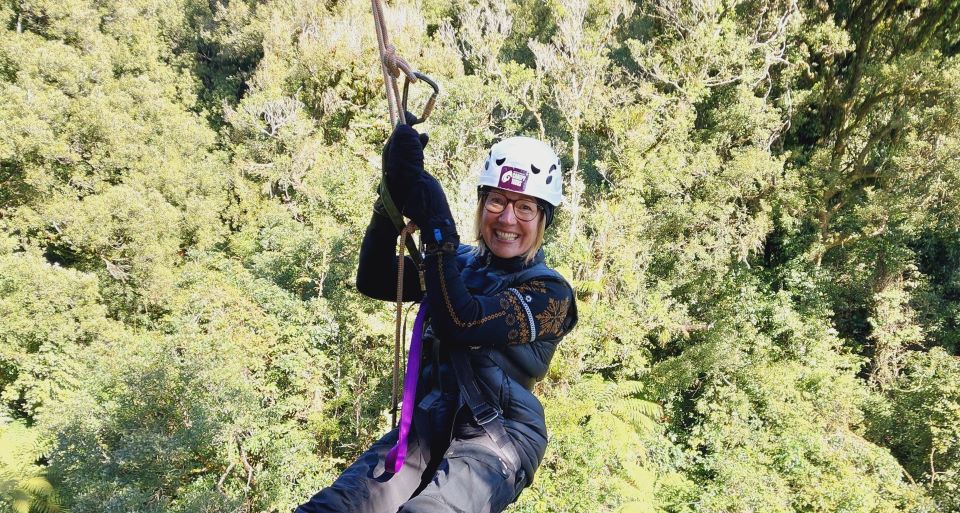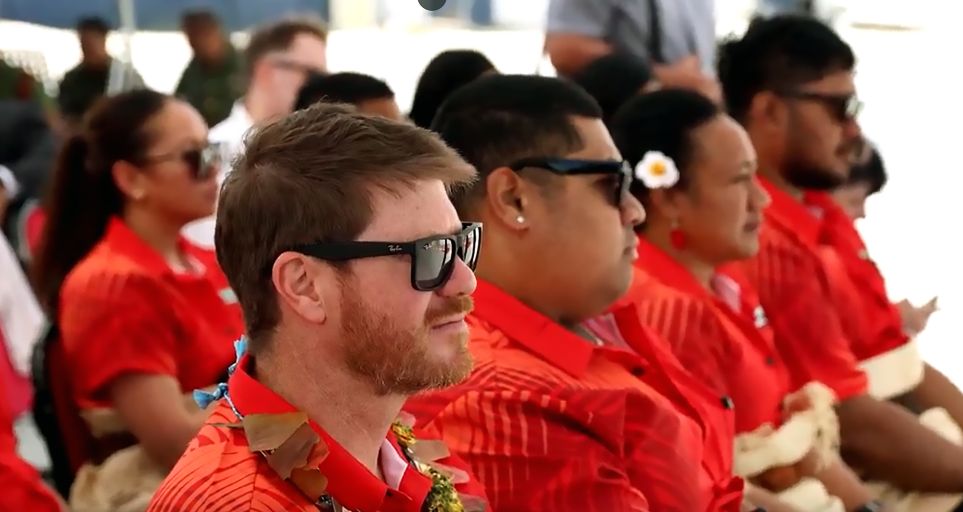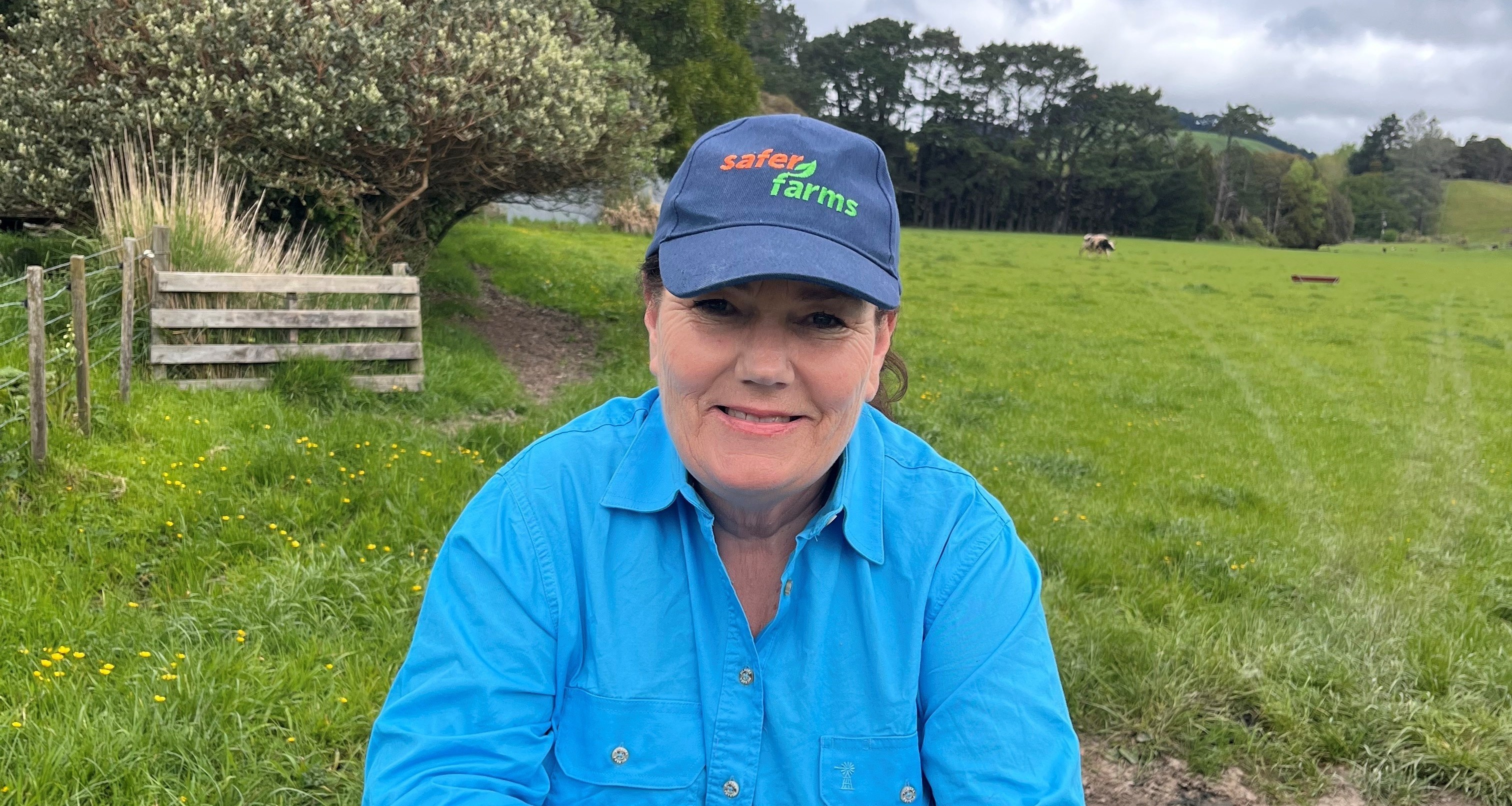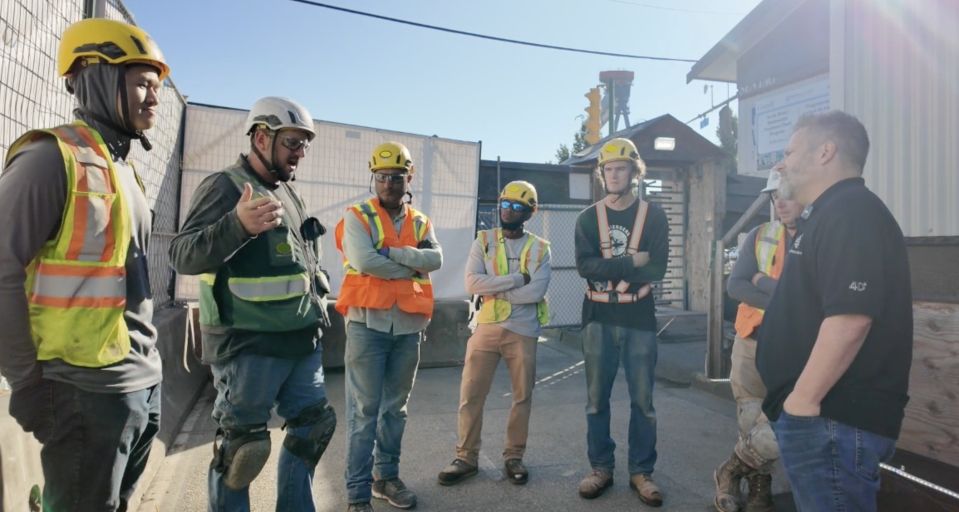How did you get involved in Project Whakahaumaru?
The Project Steering Group was looking for a representative from business to complement their cohort and they reached out to me through the HASANZ GM Safety Forum.
What was your role on the project?
To oversee the progress of the project and ensure it met the brief as well as timelines and expectations set by ACC (as funding source). There was a very good team from EMA and Navona on the project, so my role was relatively easy. I’m not good at being passive so I found myself actively involved in the final design of the strategy as well.
What is the biggest challenge facing the delivery of Whakahaumaru in the next 12 months?
Being able to maintain momentum during this economic downcycle. Businesses will undoubtedly struggle to find the capacity for what will seem like discretionary effort – collaborating on safety improvements in the sector.
In your role as Chair, what has been your most satisfying H&S-related achievement?
On projects like this, you put in a lot of effort to paint such a compelling picture that someone will fund it! It was great recognition of the team’s effort when ACC committed the funding to get it off the ground.
In your role, what has been the hardest/most challenging thing you’ve had to do?
Having to compromise on what I thought the strategy should focus on. I think people assume that if you are the Chair of something, you always get your way. The reality is that you need to be open to other views and find compromise.
What is the most important H&S issue facing our manufacturing sector?
Our management of critical risks. Leaders struggle with the complexity of regulations and lack of clear guidance. Hopefully there will be collective pull to solve this through industry ACOPs or other guidance.
Also, weekly compensation costs have been exponentially increasing since 2015. Currently the sector incurs $165m in ACC claims each year and the weekly costs have more than doubled. Most of these injuries (60%) are soft tissue and involve people who are in pain, discomfort and unable to live a productive and fulfilling life. Businesses and ACC collectively will need to implement good practices such as early intervention and recovery at work, as well as preventative measures to reverse the trend.
Tell us something about yourself that might surprise readers.
My first career was a museum curator/archivist. My second was wildlife ecologist. I got into safety once I had children because I needed more of a desk job, so the company had me doing HR, finance, safety and office admin. It snowballed from there.
What is the riskiest thing you've done that you're willing to confess to?
I had a summer job as a junior ecologist doing electrofishing and stream classification work in northern Canada. The senior ecologist and I were dropped off by helicopter in a remote mountain to spend the day sampling from fast-flowing streams. We were nearly chest deep in fast flowing water and decided to “go just a little further” to sample behind a big boulder. Suddenly I floated up and started to get swept away. Fortunately, he was big and strong enough to hold us both down, otherwise we literally would have been swept away over the edge of the mountain.
Find out more about Project Whakahaumaru here.




